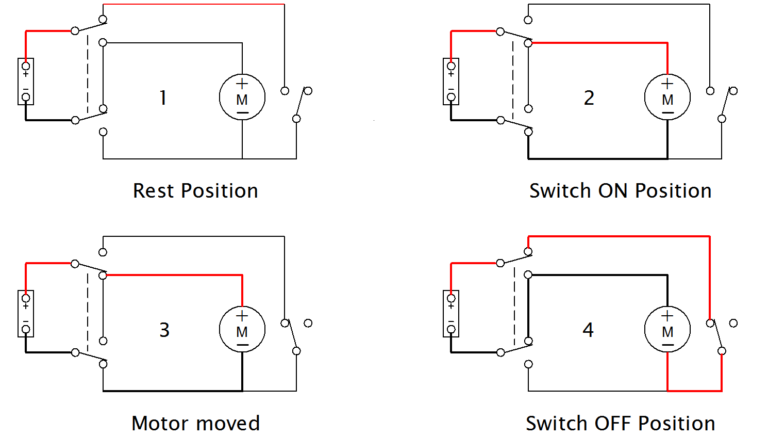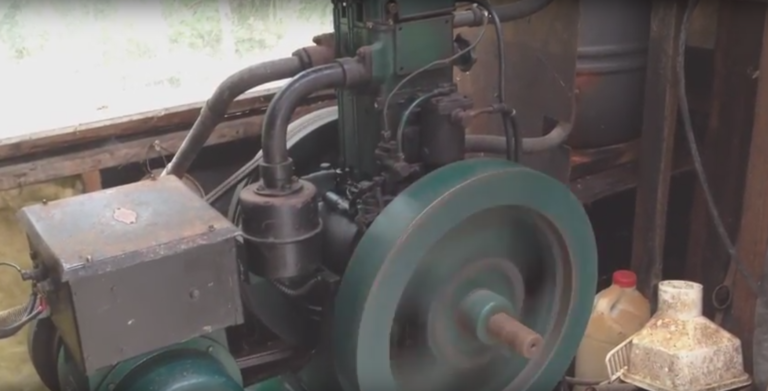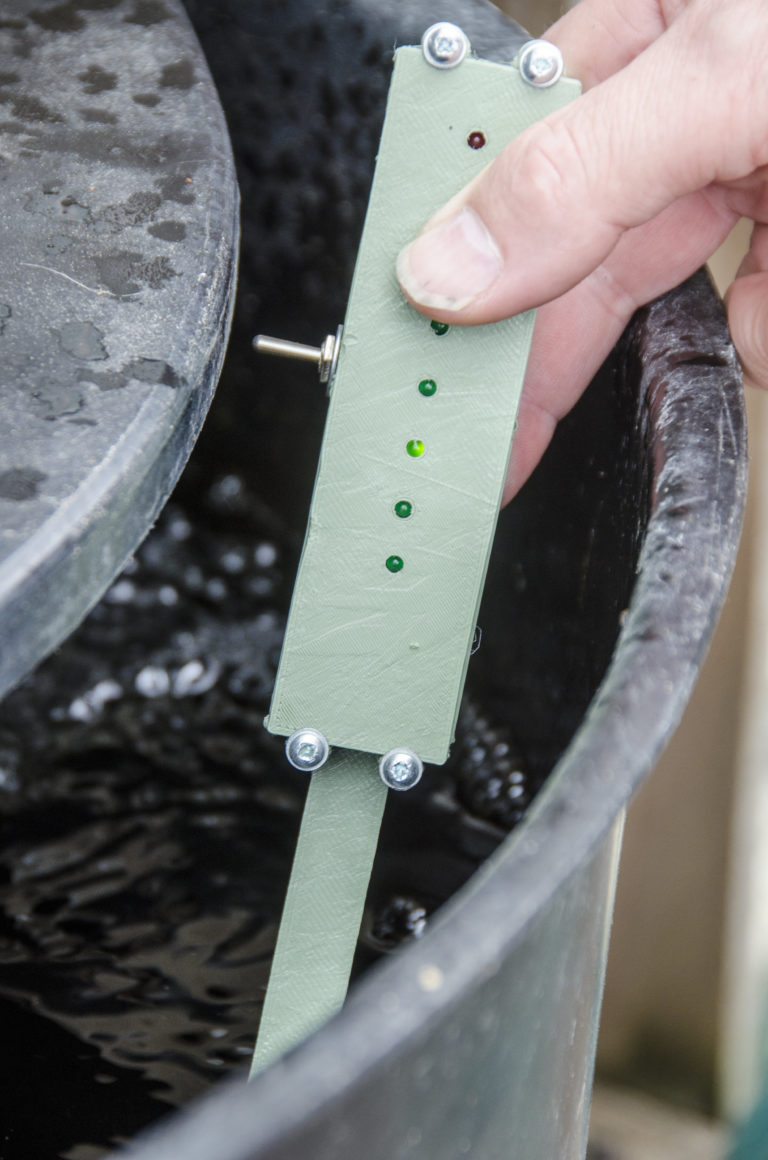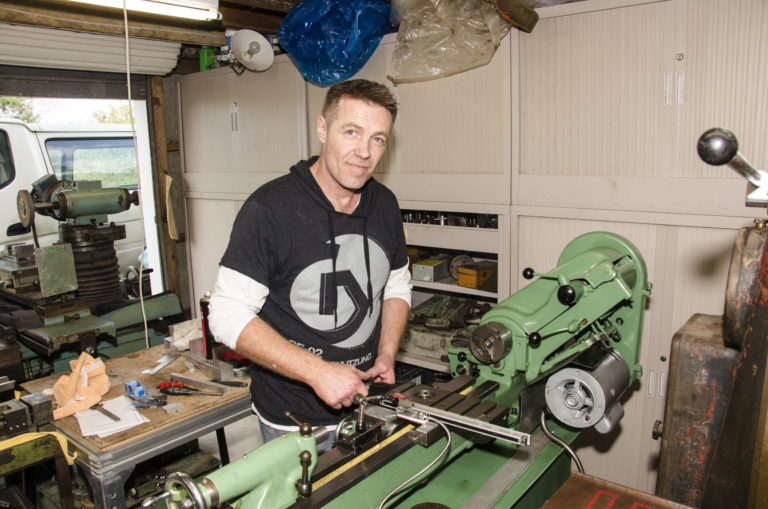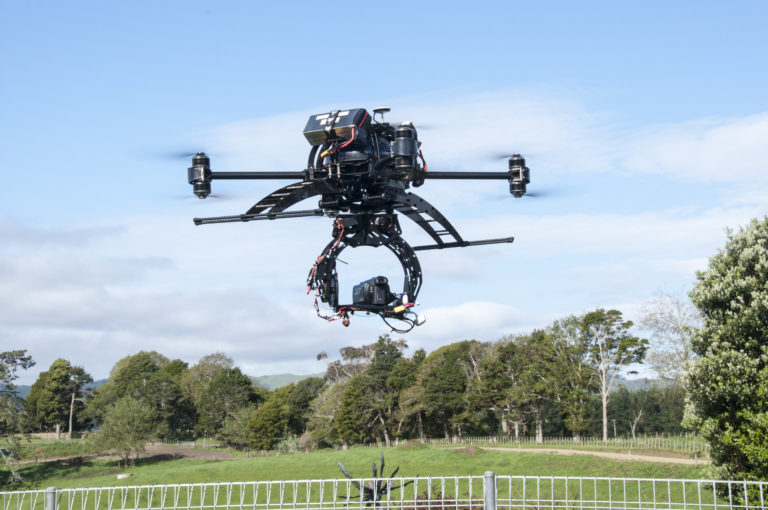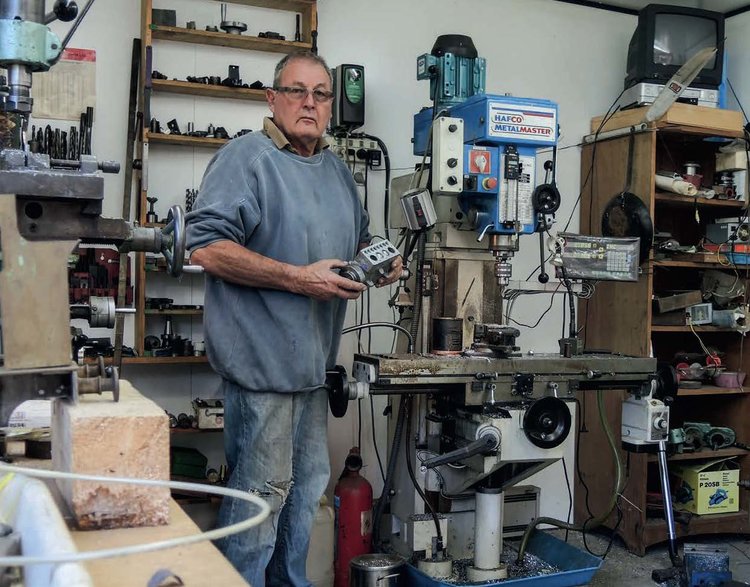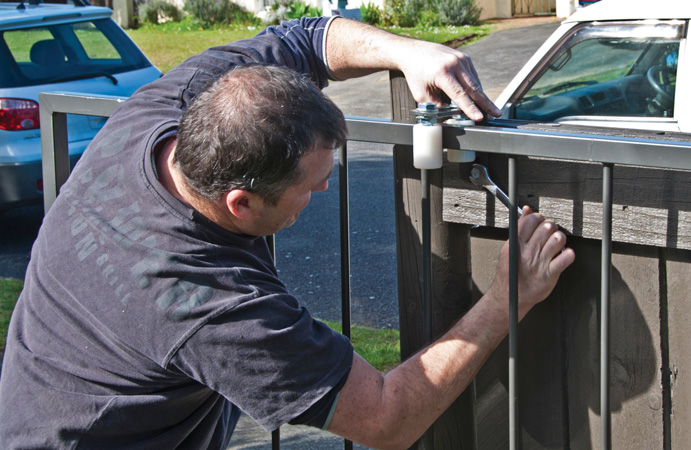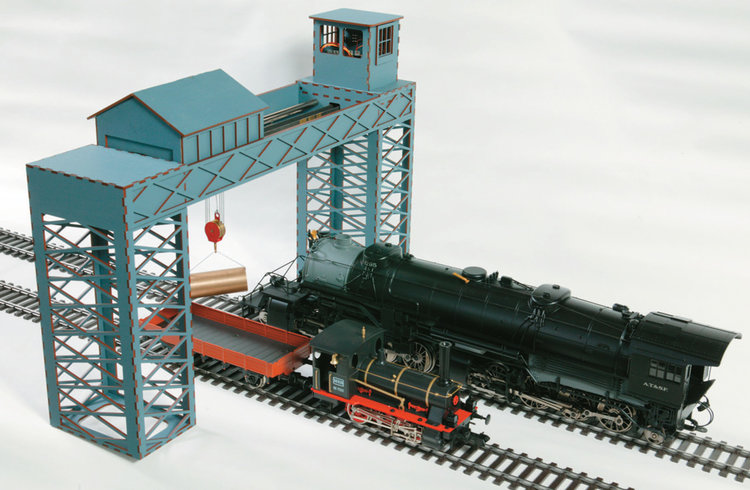
The Shed Issue 79, July/August 2018
In The Shed Issue 79, July/August 2018, we head to Wellington to document Shea Stackhouse making a small knife from Damascus steel, fondly known as a Puukka (that’s Finnish for small knife). While we are there we hang around to meet some knife fans who receive knife making advice from Shea at one of his regular knifemaking classes.

